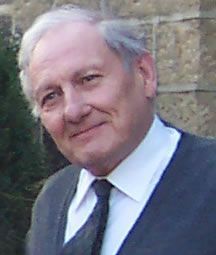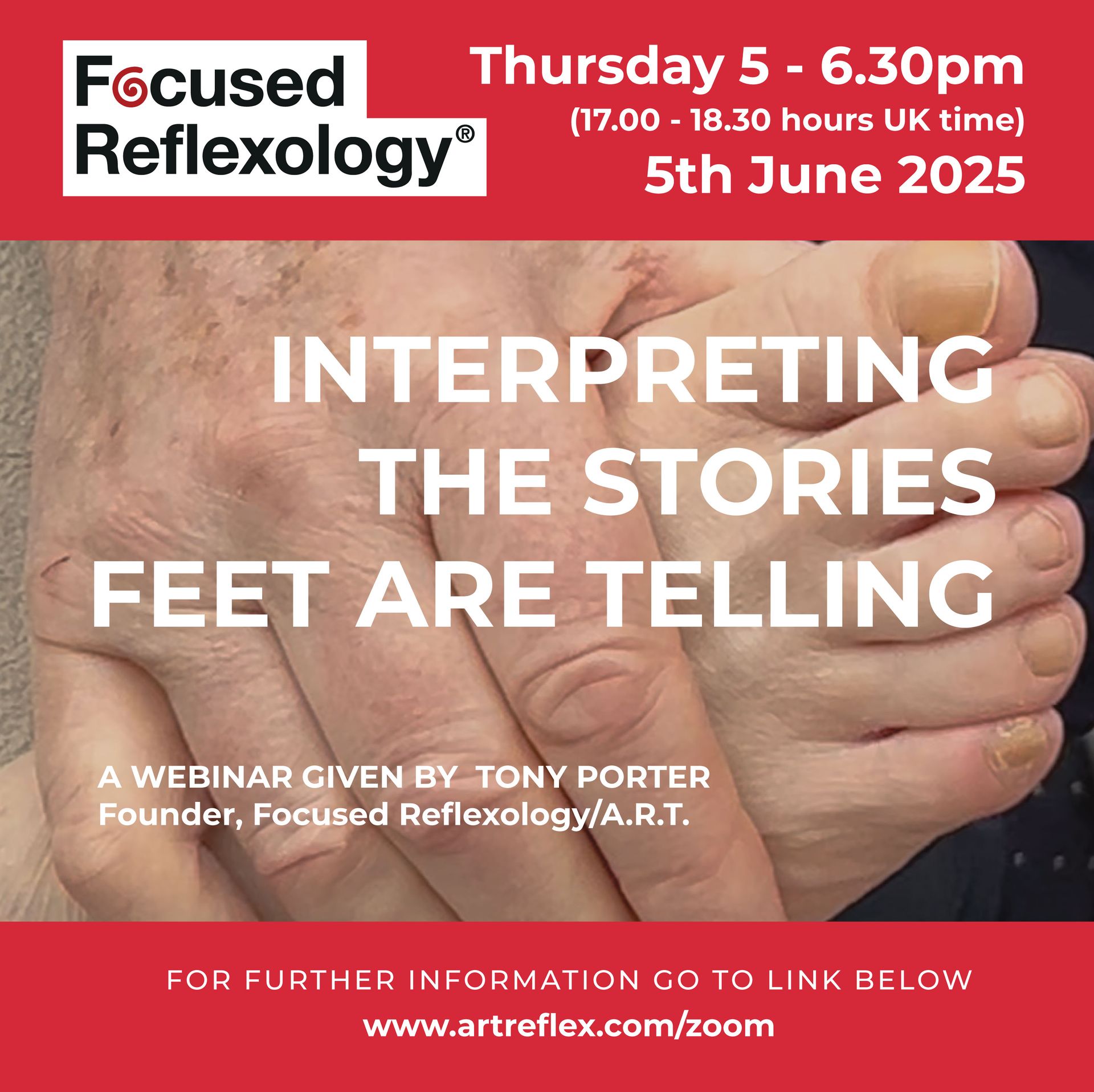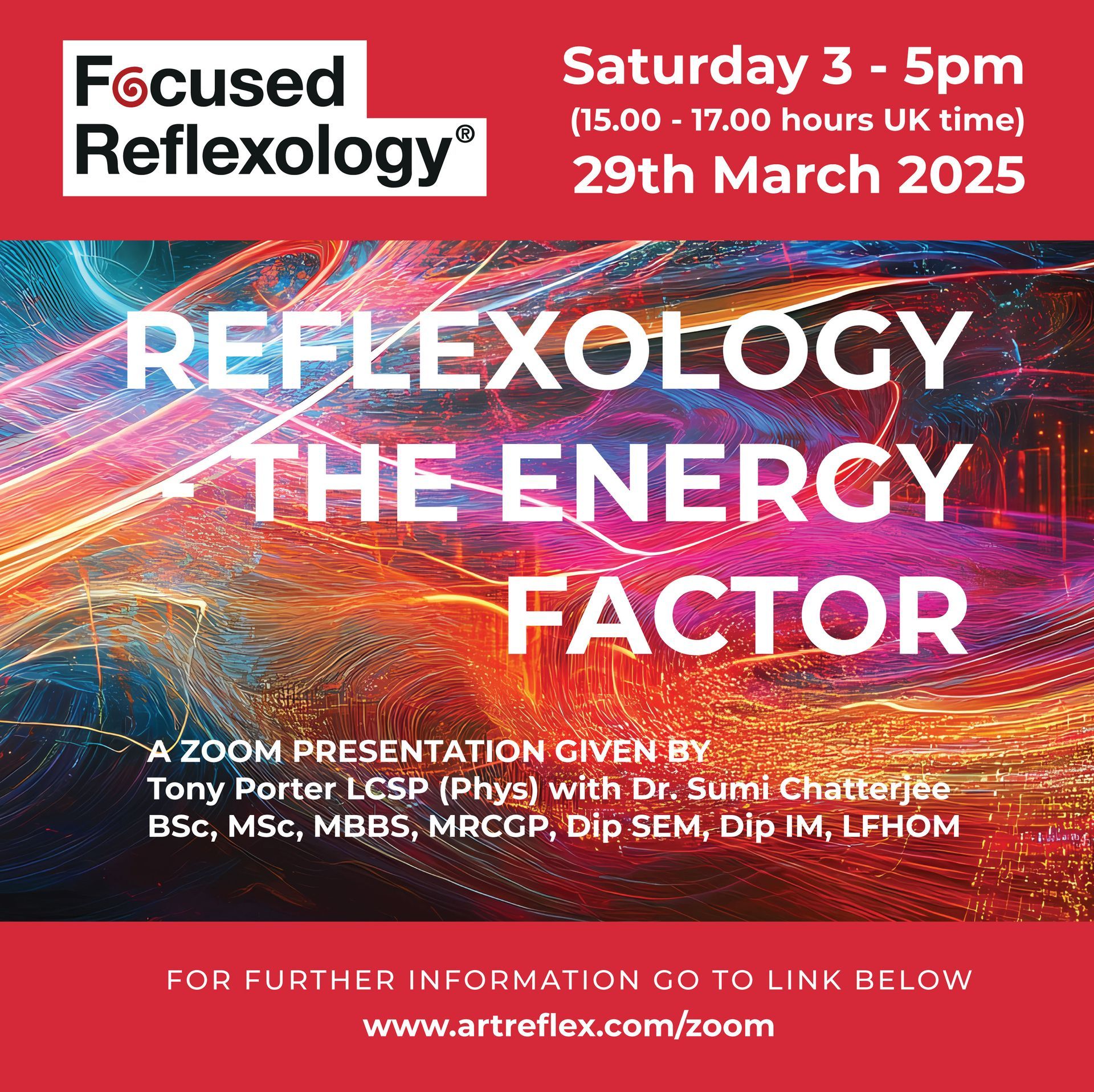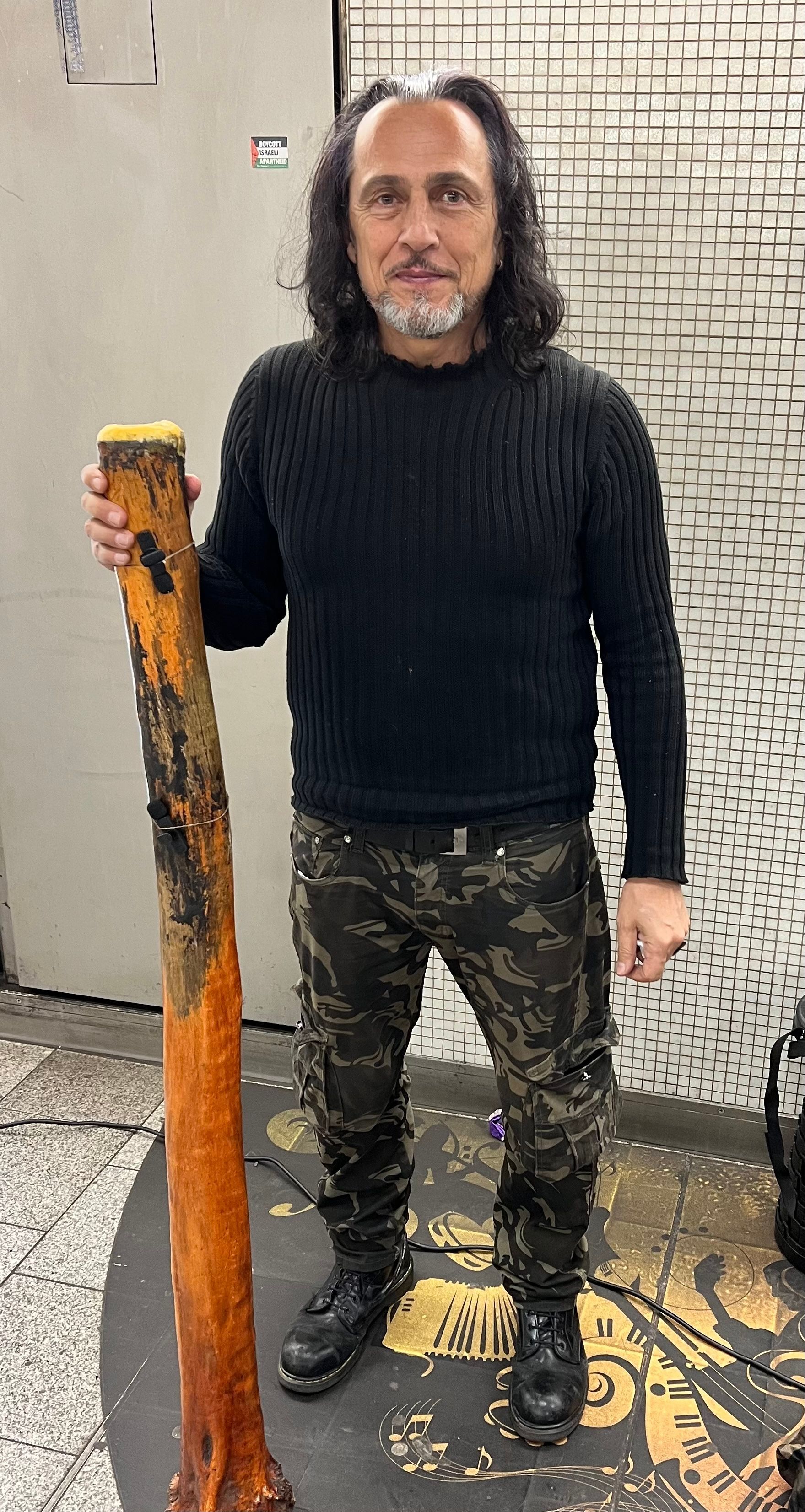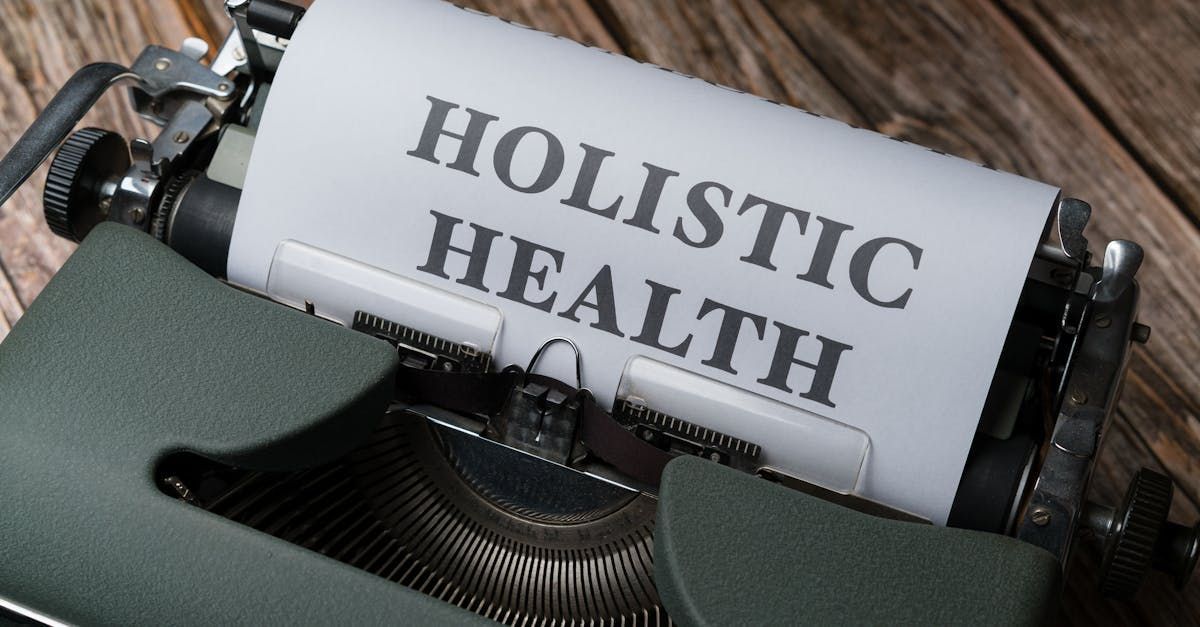LOW BACK PAIN AND REFLEXOLOGY
LOW BACK PAIN AND REFLEXOLOGY
When I was studying manual therapy, one of the tutors stated that each successful outcome of Low Back Pain (LBP) brought in five new patients.
Nearly fifty years later, I can vouch for that.
I am conservatively using the term Low Back Pain (LBP) as being aware of other areas of structural conditions, such as those of the upper back, neck, and shoulders. However, there is nothing quite like LBP for the type of life-disrupting pain and mental anguish it causes.
An online search reveals that LBP affects 2.5 million people in the UK daily. This translates to one in seven of the population. It costs the NHS over a billion pounds annually.
Low back pain is not an isolated symptom — the structural disturbance it causes reverberates throughout the entire body.
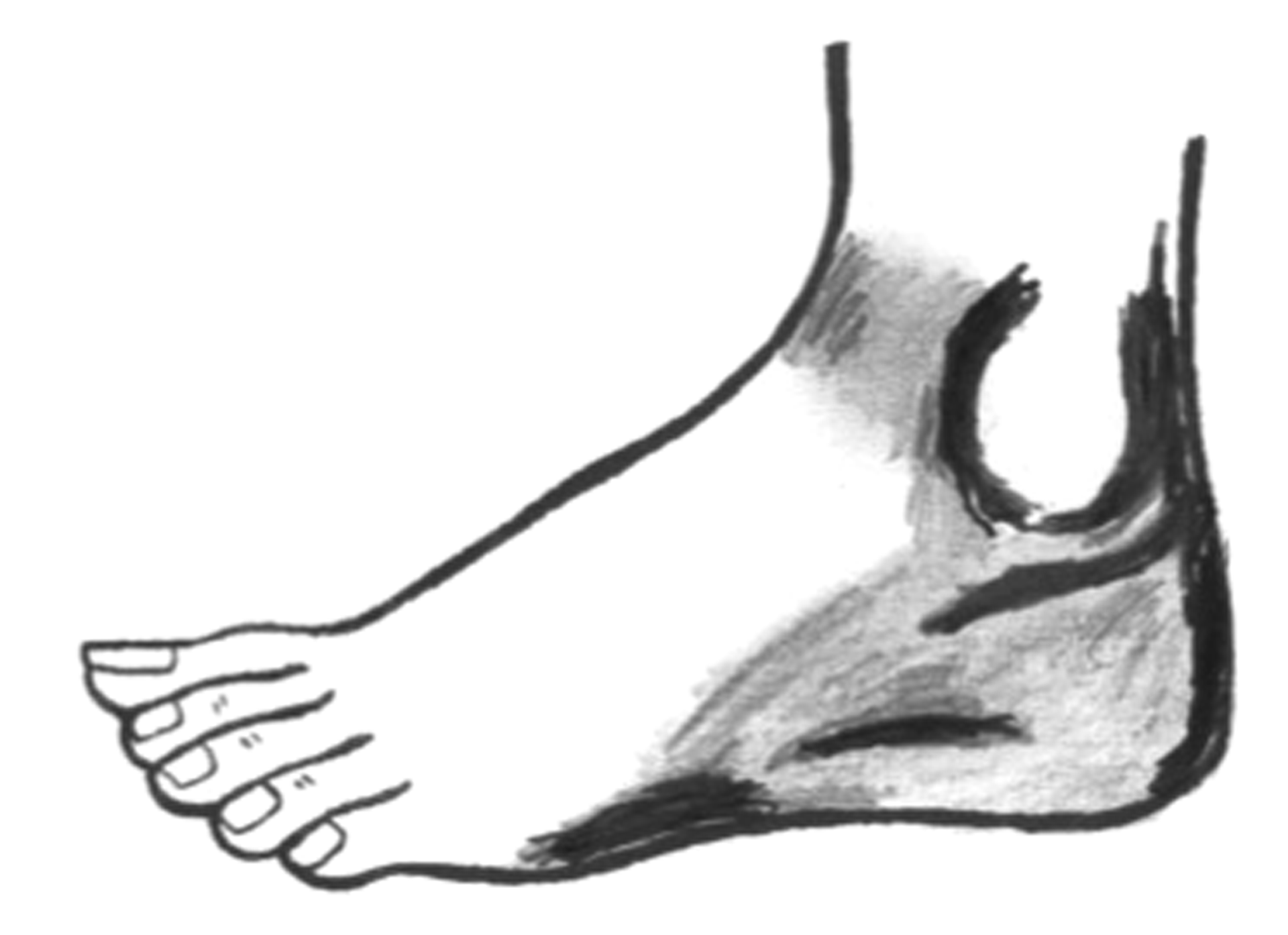
The areas around the lateral and medial hip reflexes, across the instep (while holding the foot in a dorsiflexed position) and the lateral side of the foot are the key areas to consider. It will generally be found that the reflexes will show as disturbed on one foot more than the other and also on the same side as the pain the client experiences. These areas are the primary areas of causation.
The common error is for the practitioner to automatically focus on working the medial spinal reflexes (unless in the case of a direct spinal trauma). The painful spinal reflexes are frequently indicators of the secondary cause of the problem. In my experience, reflexology has shown that the imbalance of the pelvis and the hip joints is the primary cause of most LBP. This imbalance impacts on the lumbar and sacral areas, causing inflammation and damage.
Note the shaded areas over the instep, extending to the lateral side of the foot. These will show more on one foot than the other. These areas display a disturbed tissue feel and are indicators of pelvic imbalance. I always make these areas the first to treat in this condition. Note the area on the upper, lateral side of the foot, this is a most effective reflex area for upper spine and neck problems — more on this in Part 2.
Examine both feet even where the LBP pain is one-sided.
I always work on the so-called 'good side' first. In other words, the asymptomatic side.
Whether it be low back, shoulder, neck , etc. There is no such thing as a 'good' side where pain and injury are involved. There are always compensatory factors involved. Working the asymptomatic area first will benefit the symptomatic side even before it is worked.
Examination of the reflexes of both feet in a case of LBP will often reveal contradictory disturbed reflexes. That is to say, the disturbed reflexes show on the opposite side to the pain experienced by the client.
This can be very confusing, but in this type of instance, we need to remember the maxim of 'Treat what you find and not what you are looking for’; rest assured, the feet tell the true story.
Nearly fifty years in practice have taught me that reflexology can reveal areas of disturbance as long as the sensitivity of the fingertips has been cultivated.
These disturbed reflex areas can display very subtle changes in the tone of the tissues. The ability to detect these and treat them accordingly will greatly add to the effectiveness of treating this condition.
I repeat, these changes can only be detected through the finger tips. This is paramount above anything else! Only through the development of this ability can these often very subtle changes in the tissues of the feet be detected. This stage has to be performed without using any type of lubricant. Once the areas have been confirmed, a lubricant can be used as a second stage but with the appropriate techniques.
I repeat, the one dominant factor in effective reflexology is the ability to use our hands and fingers properly; this combined with touch and what that touch reveals, this overrules anything else.
During the treatment, various mobilisation techniques need to be used. The mobilisation techniques such as dorsiflexion/plantar flexion of the feet and rotation of the feet at the ankles are very effective, in helping to release tension in the lower back and pelvis.
Ankle rotation correctly performed gently relaxes the hip joints and pelvis. This on its own is very beneficial, but used in combination with the reflex applications can, in some cases, produce a spontaneous release of tension in the low back. In the treatment of LBP some of the acute reflex areas need to be worked using a
static contact of thirty-seconds or sometimes more.
I am not suggesting that every case of LBP will be pain-free after a treatment session. I can say that patients will at least be more mobile after each session, which is a significant factor in recovery.
Experience has taught me that there is a correspondence between the thyroid and the status of the pelvis and its structures. This could be the reason why women with thyroid conditions, particularly hypothyroidism, suffer reoccurring LBP and conditions such as dysmenorrhea and fibroids
The body's integrity is a matrix of electrical circuitry of unimaginable complexity. Its circulation is as important as the circulation of blood and needs to circulate unimpeded. Therefore, any type of lesion resistance to this flow causes stagnation. And in the words of Eunice Ingham needs to be 'worked' out.
In part 2 I shall be discussing the factors on how we hold on to various types of physical ‘patterns’ - Body Armouring, and it can be these which display as ‘disturbed’ reflexes. Not forgetting the emotional patterns mankind holds onto.
My Best Wishes
Tony Porter



